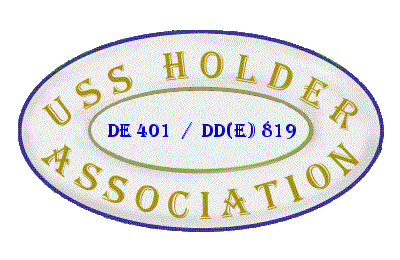| H |
|
HAWSER : A heavy line over 5 inches in circumference used for towing or mooring.
|
HEAVE : to throw, as to "heave a lead" or to "heave a heaving line". To haul on a line or wire.
|
HITCH : Method of securing a line to a hook, ring, or spar.
|
|
HOIST IN : To hook on, hoist and stow, or secure a boat aboard ship.
|
HOLD : Compartment aboard ship used for stowing cargo.
|
|
| I |
|
INBOARD LIFELINES : Temporary lifelines erected inboard of the permanent lifelines during heavy weather.
|
|
|
| J |
|
JACK : The blue, white-starred flag flown at the bow (jackstaff) of a ship at anchor or moored.
|
JACKBOX : Receptacle, usually secured to a bulkhead, into which telephone plugs or jacks are fitted.
|
JACK-OF-THE-DUST : Man in charge of the provision issue room.
|
| K |
|
KING'S POST : Post supporting the cargo booms on cargo ships. Also, the upright which supports the boom of a crane.
|
KINK : A twist which disturbs the lay of line and wire.
|
KNOT : (1) A unit of speed equal to 1 nautical mile (6080 feet) per hour. (2) A collective term for hitches and bends.
|
| L |
|
LAY : Expresses the idea of "to move oneself", as "lay (yourself) up on the main deck" or "lay (yourself) aft". The direction of the twist of strands of a rope.
|
LEE: The opposite direction from which the wind is blowing. Sheltered area to leeward of a ship or other windbreaker.
|
LEFT-HANDED : Counterclockwise. Extended to mean "not the right way" or "backwards".
|
|
LIE OFF : Heave to at some distance away.
|
LIFELINE : In general, the lines erected around the edges of decks. Specifically, the top line. From top to bottom, the lines are named lifeline, housing line, and foot rope.
|
LIGHT SHIP : A command or word passed which permits lights to be shown as the ship is secured from being darkened.
|
|
LOCKER : A metal cabinet, fitted with a lock, in which men keep their gear. Any small compartment or cabinet.
|
LONG SPLICE : Joining the ends of two lines in such a manner that the splice does not enlarge the line and it will pass freely through a block.
|
LUBBER'S LINE: A line marked on the forward inside face of the bowl of a fixed compass. It is a reference mark to show the vessel's heading. It is sometimes called a "lubber's Mark" or a "lubber's point."
|
| M |
|
MACNAMARA LACE : Fancy curtains and trimming for barges and gigs worked from unlaid canvas threads.
|
MANROPE : A safety line, or a line rigged to assist men to ascend or descend.
|
MARLINE : Two-strand, left-laid tarred hemp.
|
| N |

